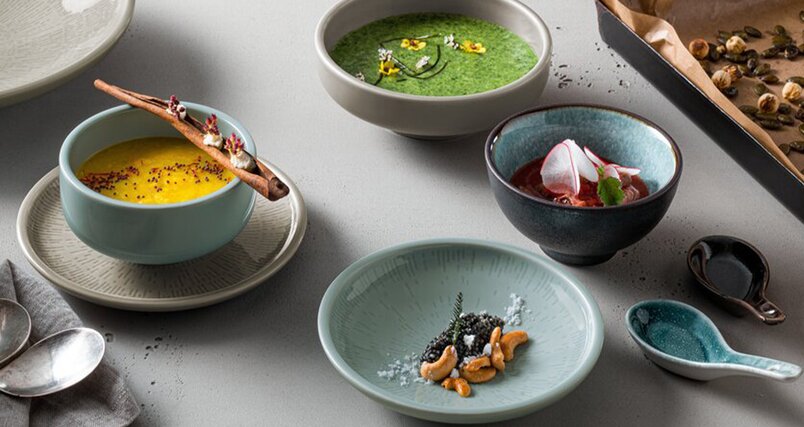Even though the selection of vegetables in Germany is much smaller in the winter than at other times of the year, that does not mean you have to import all your fresh produce. There are quite a few seasonal winter vegetables that are grown regionally and provide many health benefits. Whether in soups, stews, casseroles, salads, as side dishes or even as a main course – the ways to use German winter vegetables such as parsnips, beet and cabbage are diverse and provide culinary variety during the cold season.
Local winter vegetables: health benefits
The cold season offers a surprisingly large variety of delicious and healthy vegetables. Indigenous vegetables such as parsnips, beet, savoy cabbage, kohlrabi, green cabbage or Brussels sprouts are not only delicious, but are also considered real superfoods with their healthy nutrients and many vitamins. They contain, among other things, a lot of vitamin C, potassium, calcium, iron and dietary fiber. Thus, they are popular components of a rich diet and help strengthen the immune system in winter.
The 5 healthiest German winter vegetables
Local winter vegetables are both tasty and good for the environment, as they are grown regionally and can be freshly processed in restaurants without long transportation routes. The best and healthiest German winter vegetables include:
- Brussels sprouts: This popular cabbage variety is rich in vitamins A and C, potassium, calcium, iron and magnesium. It also contains glucosinolates – a group of phytochemicals that may reduce the risk of certain cancers. Brussels sprouts are perfect for soups, casseroles and gratins, but can also be served as a side dish with meat and fish.
- Beet: Beet has a high nutritional value and at the same time is very low in calories due to the high water content. It is rich in minerals such as calcium, phosphorus, potassium, iron and magnesium and contains B vitamins, vitamin C and a lot of folic acid. Especially iron and folic acid contribute to the formation of red blood cells and healthy cell growth. Beet can be served as a soup, in salads or as a side dish in the shape of oven-fresh chips.
- Carrots: The health benefits of carrots were already known to the ancient Greeks and Romans. The popular winter vegetable contains a lot of beta-carotene – a nutrient that is converted to vitamin A in our body. Vitamin A contributes to the preservation of the eyesight and the support of the immune system. Carrots can be served raw in salads or cooked in soups, stews or as a side dish.
- Parsnips: The elongatedroot vegetable is a good alternative to potatoes and rich in vitamins and minerals that reduce the risk of heart disease and high blood pressure. Due to the high content in dietary fiber, parsnips also promote intestinal activity and healthy digestion. The winter vegetables can be wonderfully used in stews, soups, made into pasta or puree and served in salads or as oven vegetables.
- Kale: As a typical German winter vegetable, kale should of course not be missing in the list. It contains a lot of dietary fiber, which supports the intestines, and is rich in iron, potassium and calcium, which ensure a healthy metabolism. Kale tastes especially good as a stew, in smoothies, as chips or even as a side dish to pasta dishes like gnocchi.
Ideas for dishes using winter vegetables
In gastronomy, seasonal ingredients are always very popular, because they are fresh and full of flavor. In this regard, winter vegetables offer a wide range of options. A few examples of creative winter dishes that can be prepared with seasonal vegetables:
- Kale and walnut salad with fried parsnips
- Apple-potato-cauliflower stew with fried bacon
- Thyme-parsnip-coconut soup with roasted pumpkin seeds and ginger
- Beet and chickpea curry with lemon grass and fresh coriander
- Savoy and apple chutney with fresh herbs and roasted pine nuts
- Parsnip gratin with onions, shallots and grated mountain cheese











